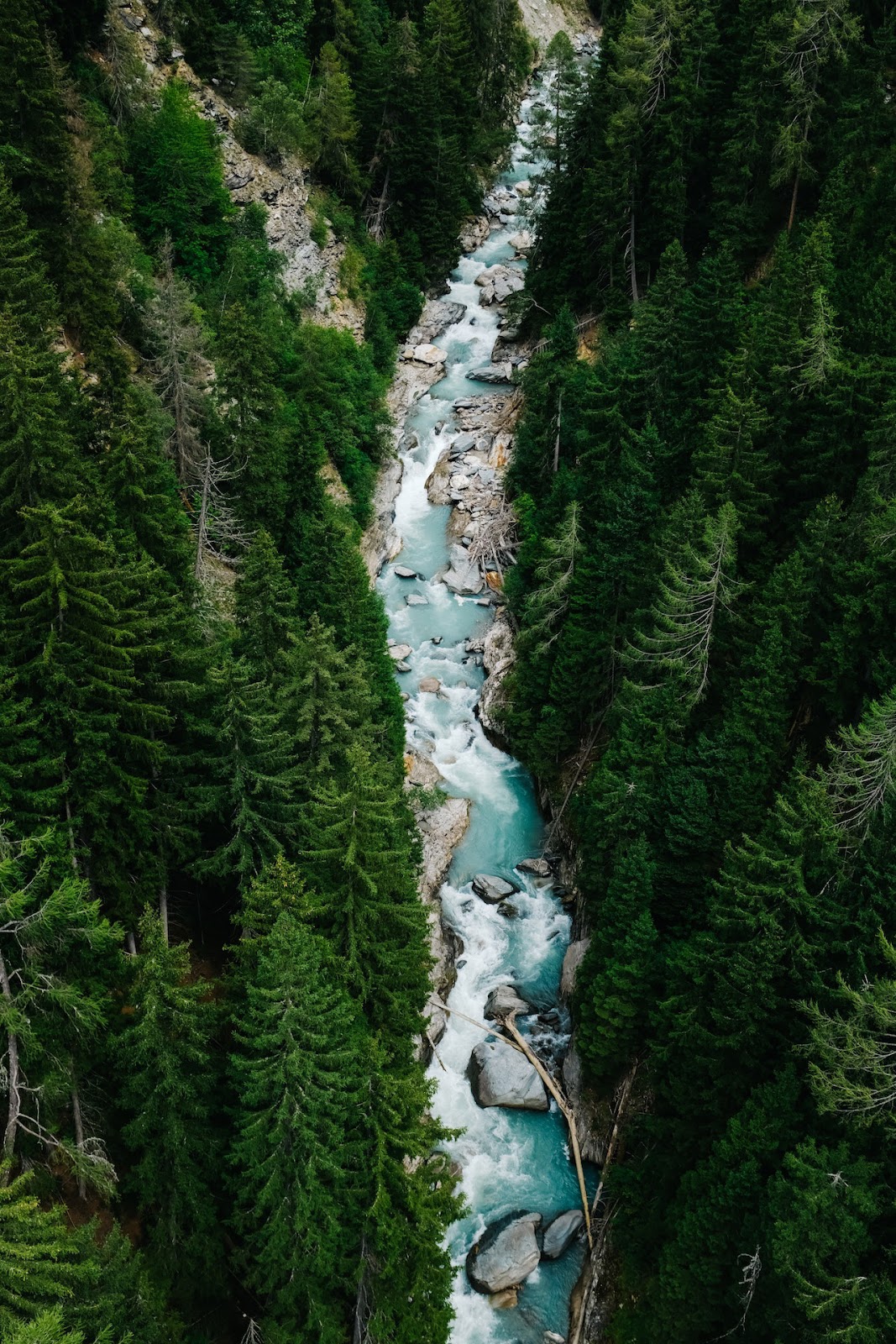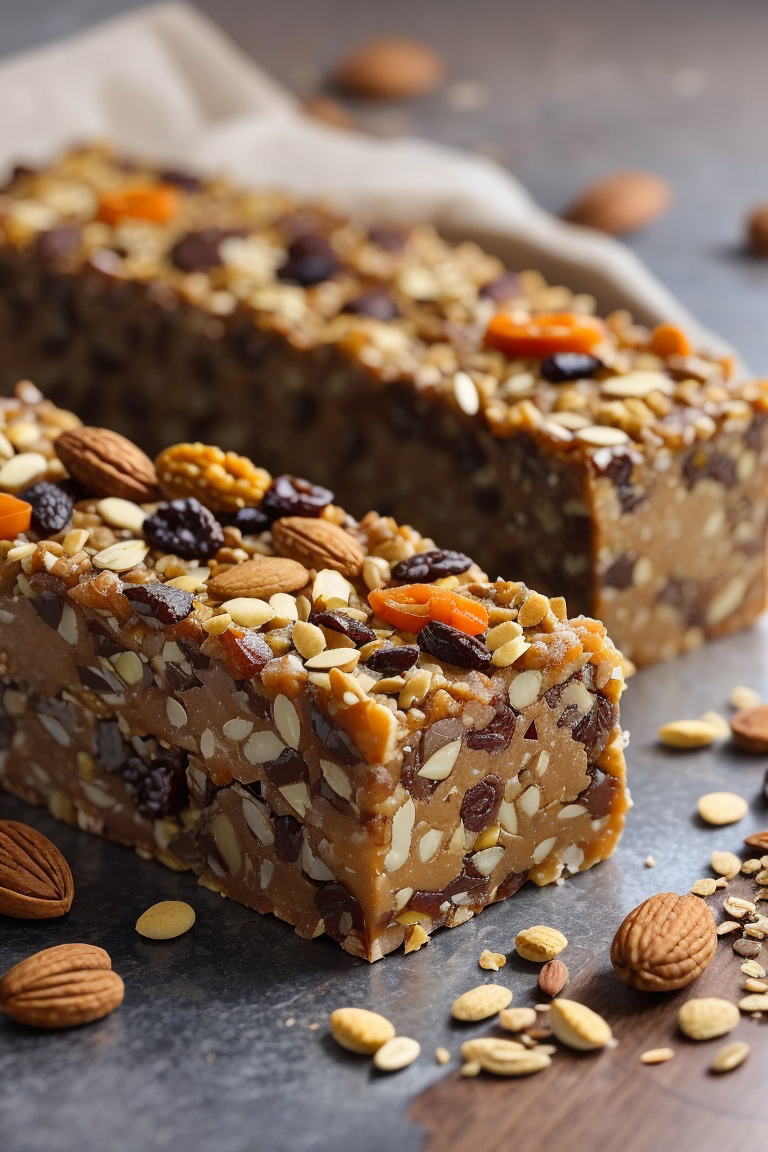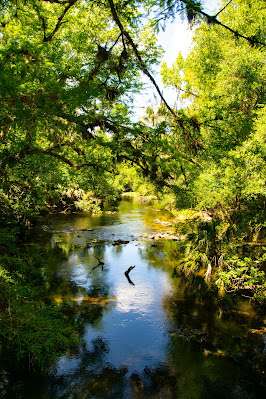Hello, fellow lone preppers! One thing we all know in the wild world of preparedness is that power outages happen when you least expect them. Perhaps it's a natural calamity, a power outage, or aliens who have finally decided to mess with our power supply (hey, anything is possible, right?). In any event, you don't want to be caught off guard, so let's shine some light on the subject of solar power for the solitary prepper. Buckle up, because we're heading off the grid!
Chapter 1: The Sun, Your New Best Friend
I understand what you're thinking. What about the sun? Really? But bear with me. That ball of fire in the sky isn't simply there to give you a sunburn while you're on vacation at the beach. It's a massive source of energy, and harnessing it might be your ticket to off-grid power. It's your prepper sidekick without the cape.
The name of the game is solar panels. These gleaming rectangles (or squares, or circles, depending on your preference) transform sunshine into power. They function similarly to your own personal solar money-making machine. Install them on your roof, in your backyard, or even on the roof of your fancy, solar-powered van if you're a mobile prepper.
Chapter 2: Choosing the Best Solar System
Before you go all solar superhero, you must first select the proper configuration. There are two primary choices:
a. Grid-Tied Solar: This configuration is equivalent to playing it safe. Your panels are linked to the grid, and any excess electricity you generate is sold back to the utility company. Great for cutting costs, but if the power goes out, you're out of luck.
b. Off-Grid Solar: Now comes the exciting part. Off-grid solutions store solar energy in batteries, giving you control over your energy destiny. When the power goes out, you can still watch Netflix on your solar-powered TV. That is, until your Wi-Fi signal drops.
Chapter 3: Calculating Your Solar Requirements
You're not just slapping panels on your roof and hoping for the best - this isn't Solar Bingo. You'll need to do some arithmetic to figure out how many panels you'll need (don't worry, it's not rocket science).
1. Calculate your daily energy usage (in watt-hours).
2. Consider your surroundings. Solar potential varies according to location.
3. Determine the capacity of your panel (in watts).
4. Consider battery storage for cloudy days or extraterrestrial invasions.
Remember that it is always better to overestimate your requirements. Nobody wants to be in a power outage while the zombie apocalypse is taking place outside.
Chapter 4: Installation of Solar Panels
Installing solar panels isn't exactly as simple as putting together IKEA furniture, but it's achievable. If you're the handy type, go ahead and do it yourself. If not, hire a professional. During a storm, you don't want your solar panels to collide with your car or your neighbor's pool.
Pro tip: Make sure your panels are oriented to optimize solar exposure. It's like tanning your solar panels.
Chapter 5: The Fundamentals of Batteries
Now, let's talk about those batteries. They're your energy reserves, and you want them to be as dependable as your favorite zombie film. Deep-cycle batteries are the preferred choice for off-grid systems. They can withstand damage, unlike your non-prepper buddies who still believe it's a good idea to buy Bitcoin during a power outage.
Chapter 6: Upkeep and troubleshooting
Solar power doesn't require much attention, but a little tender loving care can go a long way. Keep your panels clean (not with your grandmother's window cleaner; professional solutions are available). Check the water levels in your batteries and monitor the performance of your system. Also, if something goes wrong, don't panic. Simply channel your inner MacGyver and get to work.
Chapter 7: The Solar-Powered Way of Life
You have now become a solar-powered survivalist! You're well on your way to self-sufficiency with the sun as your power source. Use the energy to charge your electronics, run necessary appliances, and even power your outdoor adventure gear. It's similar to having your own personal energy genie, but without the wish-granting aspect.
Conclusion
So, fellow lone preppers, there you have it. Solar power is about more than just preserving the earth (though that is a nice bonus). It's about being prepared for anything, including those extraterrestrial invasions we talked about earlier. Solar power can be your beacon of light in the darkest of times, whether you're a backyard prepper or an off-grid wanderer. Utilize the sun to power your route to prepping excellence. May your solar panels always be sunny and your batteries always be charged. Stay safe, stay prepared, and keep shining!




























